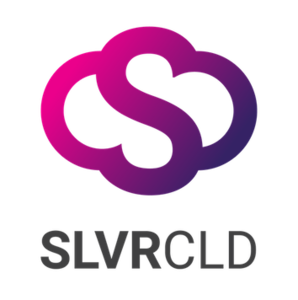Solution
SLVRCLD | Automated content claim quantifications and settlements
Released
18 November 2020
SLVRCLD automates content claim quantifications and settlements, enabling you to process claims quickly and efficiently, through augmented or robotic processes, resulting in a lower total claim spend and better claim experience, thereby promoting trust.
Vendor

Contacts

Christiaan Erasmus
slvrcld.com
CEO
Netherlands
Responsible for this content
slvrcld.com
Netherlands
Imprint
SLVRCLD
- Netherlands
- Belgium
- United Kingdom
- Australia
- New Zealand
Views: 11045
Downloads: 1344
Page is favored by 2 user.
Contact inquiries: 1
















